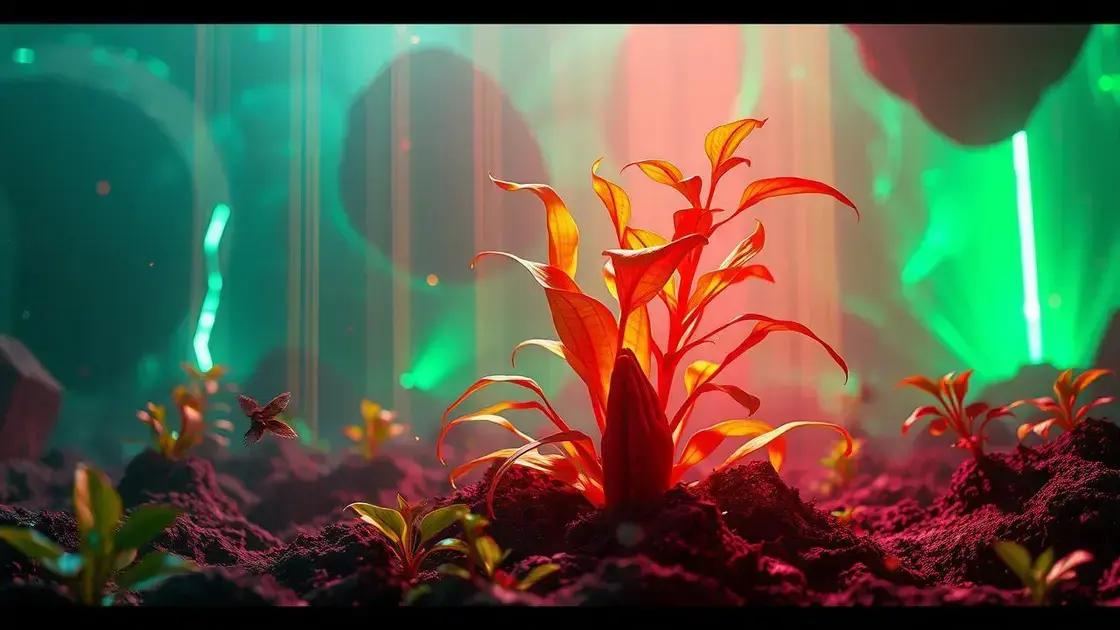How to Take Care of a Praying Plant: 5 Key Tips for Thriving Growth
How to take care of a praying plant? As a plant enthusiast, you’ll find that understanding the unique needs of this beautiful greenery can lead to lush growth and vibrant colors. Being able to ensure your plant flourishes involves learning about watering, light exposure, and common challenges. Let’s dive into effective strategies to keep your praying plant happy and thriving.
Table of Contents
ToggleEssential watering techniques for a praying plant
Essential watering techniques for a praying plant are crucial for its health and vibrancy. To ensure your praying plant thrives, it’s important to establish a proper watering routine that aligns with its unique needs. Here are key factors to consider:
Understanding the watering needs
- Praying plants prefer consistently moist but not soggy soil.
- Check the top inch of the soil for dryness before watering; it should be slightly dry before the next watering.
- Use room temperature water to avoid shock to the roots.
Daily watering tips
- Water the praying plant deeply but infrequently to encourage deep root growth.
- During the growing season (spring and summer), water more frequently, about once a week.
- In fall and winter, reduce watering to every 10-14 days as the plant’s growth slows.
Signs of overwatering and underwatering
| Condition | Signs |
|---|---|
| Overwatering | Yellowing leaves, mushy roots, and a foul smell. |
| Underwatering | Crispy leaves, drooping, and leaf curl. |
It’s essential to monitor your plant regularly; adjusting your watering technique based on environmental factors such as humidity and temperature is key to optimal growth.
Additionally, if you’re interested in enhancing your indoor gardening experience, I recommend exploring indoor gardening techniques that focus on overall plant care.
Integrating these watering techniques into your routine will help you maintain the ideal moisture level for your praying plant. Remember, a well-cared-for plant not only looks beautiful but also adds a refreshing touch to your home.
Optimal lighting conditions for healthy prayer plants

Optimal lighting conditions for healthy prayer plants play a vital role in their growth and vibrancy. These plants thrive when they receive the right amount of light, which can influence their leaf coloration and overall health.
Understanding light requirements
- Prayer plants prefer bright, indirect sunlight rather than direct exposure.
- Too much direct light can scorch their leaves, leading to brown tips.
- Insufficient light can cause slow growth and diminished color vibrancy.
Best lighting conditions
- Place your praying plant near a window with filtered light, such as sheer curtains.
- A good option is an east-facing window where morning light is gentle.
- If natural light is scarce, consider using grow lights for about 12 hours a day.
Signs of proper lighting
| Condition | Signs |
|---|---|
| Optimal Light | Lush, vibrant leaves with rich colors. |
| Insufficient Light | Pale or leggy growth, smaller leaves. |
| Too Much Light | Brown, crispy leaf edges and scorching spots. |
Monitoring your plant’s response to light will help you adjust its placement as needed. It’s vital for maintaining the health of your prayer plant.
If you’re eager to learn more about nurturing indoor plants, check out exploring indoor gardening techniques to enhance your gardening skills.
Providing the appropriate lighting conditions will ensure that your praying plant remains a stunning part of your indoor garden, continuing to brighten your space with its beauty.
Common issues and solutions in praying plant care
Common issues and solutions in praying plant care can significantly improve your plant’s health and longevity. Recognizing and addressing these issues early on is essential to cultivate a thriving environment.
Identifying common problems
- Wilting leaves: Often indicates insufficient or excessive watering.
- Brown leaf tips: This can be due to low humidity or too much direct sunlight.
- Pale or yellowing leaves: Indicates nutrient deficiencies or inadequate light conditions.
Practical solutions
- For wilting leaves, adjust your watering schedule to ensure the soil remains consistently moist but not soggy.
- To address brown leaf tips, try to increase humidity around the plant or relocate it to a spot with bright, indirect light.
- For pale leaves, consider applying a balanced fertilizer during the growing season to replenish nutrients.
Preventive measures
| Problem | Prevention Tips |
|---|---|
| Wilting leaves | Check moisture levels regularly and maintain a consistent watering routine. |
| Brown tips | Use a humidity tray or mist your plant to provide adequate moisture. |
| Pale color | Provide sufficient light and rotate the plant to ensure even exposure. |
Taking proactive steps can avoid many common issues. Implementing these solutions will ensure your praying plant flourishes year-round.
If you want to expand your knowledge further, I recommend exploring indoor gardening techniques that will enhance your skills in plant care.
By keeping an eye on your plant’s needs and adjusting your care routine, you can enjoy a healthy and vibrant praying plant in your home.
In conclusion
Caring for a praying plant requires attention to its unique needs, including optimal watering, lighting, and understanding common issues that may arise. By implementing the techniques discussed—such as providing the right amount of indirect sunlight, maintaining proper humidity, and promptly addressing any signs of distress—you can cultivate a healthy and vibrant plant that enhances your indoor space.
As you continue your gardening journey, consider exploring more resources for improvement. For additional insights and community support, check out these tips on enhancing your indoor garden, where fellow plant enthusiasts share their experiences and solutions.

